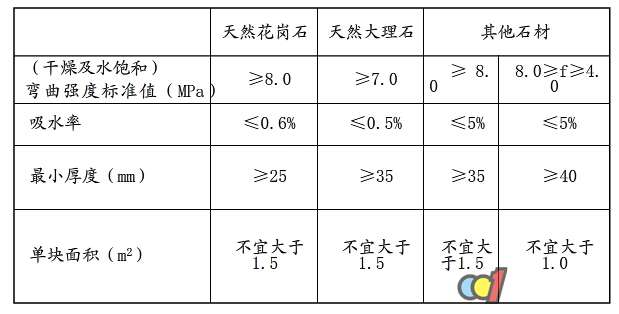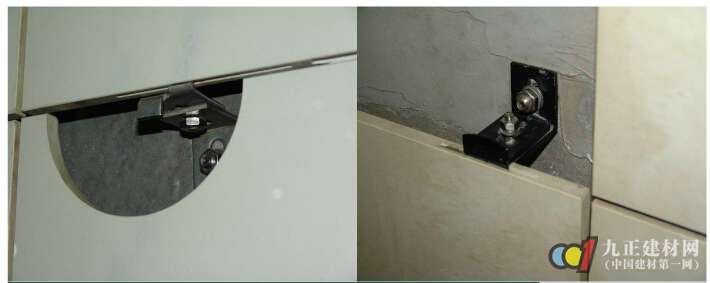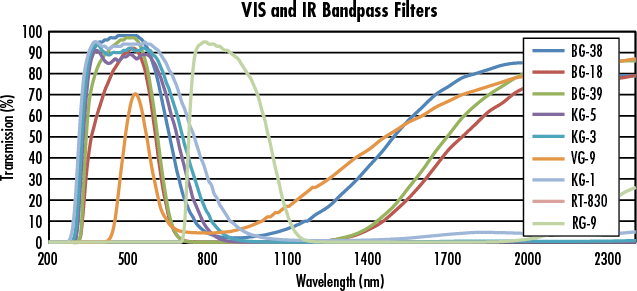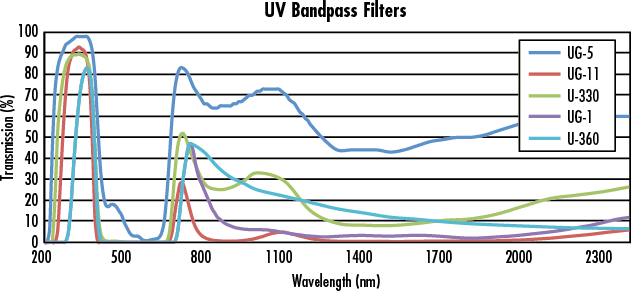The building curtain wall is a building peripheral retaining wall composed of a panel and a supporting structural system (supporting device and supporting structure), which can have a certain displacement capacity relative to the main structure or a certain deformation capability, and does not bear the role of the main structure. General physical performance requirements for building curtain walls: Wind pressure resistance, water tightness, airtightness, in-plane deformation, thermal performance, airborne sound insulation, optical performance, impact resistance, on-site water spray test, vibration table seismic performance, load-bearing performance. Stone panel requirements are as follows: Stone panel use requirements: (1) For stone panels with a standard bending strength of less than 8.0 MPa, additional structural measures shall be taken to ensure the reliability of the panel. (2) In cold and cold areas, the frost resistance coefficient of stone panels for curtain walls should not be less than 0.8. (3) The surface of the stone should be treated with protection. For stone panels that are exposed to severe atmospheric pollution or in an acid rain environment, appropriate protective products should be used to protect the stone according to the type of pollutants and the degree of pollution and the mineral chemical and physical properties of the stone. (4) After the stone panel is installed in place, the transverse members should not undergo obvious torsional deformation, and the longitudinal displacement of the support members of the plates or the ends of the connecting plates should be no more than 2 mm. (5) The connection of adjacent corner plates should not be bonded. The maintainability requirements of stone curtain walls: The panel of the stone curtain wall should adopt a support fixing system that facilitates the independent installation and disassembly of each panel, and the T-type hanging system should not be used.
Optical Bandpass Filters are used to selectively transmit a portion of the spectrum while rejecting all other wavelengths. Optical Bandpass Filters are ideal for a variety of applications, such as fluorescence microscopy, spectroscopy, clinical chemistry, or imaging.
An optical bandpass filter has a transmission band surrounded by two blocking bands that allow only a portion of the spectrum to pass. These optical bandpass filters have broad spectral bandwidths in either the ultraviolet, visible, or infrared spectrums. The nearly black filters absorb visible radiation. They are perfect for ultraviolet or infrared detection applications. UV filters are often used to selectively transmit the 254nm and 365nm mercury lines. IR filters are often used in nightvision and IR sensing systems.
Color Separation Filter,Neutral Density Filter,Filter,Short/Long Wave Pass Filter,Bandpass Filter and Interference Filter available upon request.
Specification of our color filter as follow:
Optical Bandpass Filter,Optical Glass Bandpass Filter,Bandpass Filter Kits,Uv Bandpass Filter China Star Optics Technology Co.,Ltd. , https://www.opticsrealpoo.com



Material:Filter Glass,BK7
Dimension: 4mm-160mm - 0.20mm
Squares/Rectangles:1mm-165mm
Thickness:0.5mm-4mm
Wavelength range:190nm to 4.5um
Thickness tolerance:+/-0.01mm-0.1mm
Edges:Fine
Ground Flatness:Up to Lambda/10
Surface quantity: 80/50-20/10 Scratch/Dig